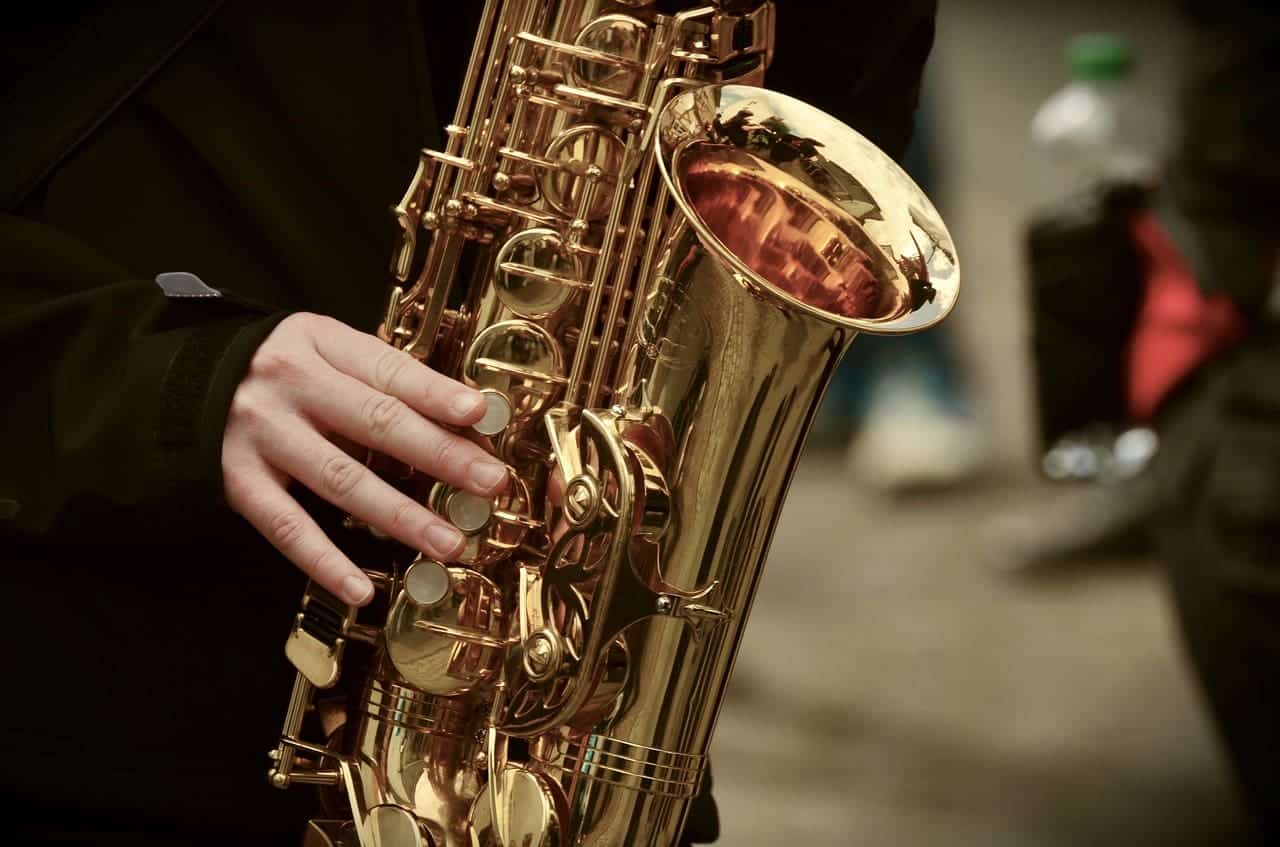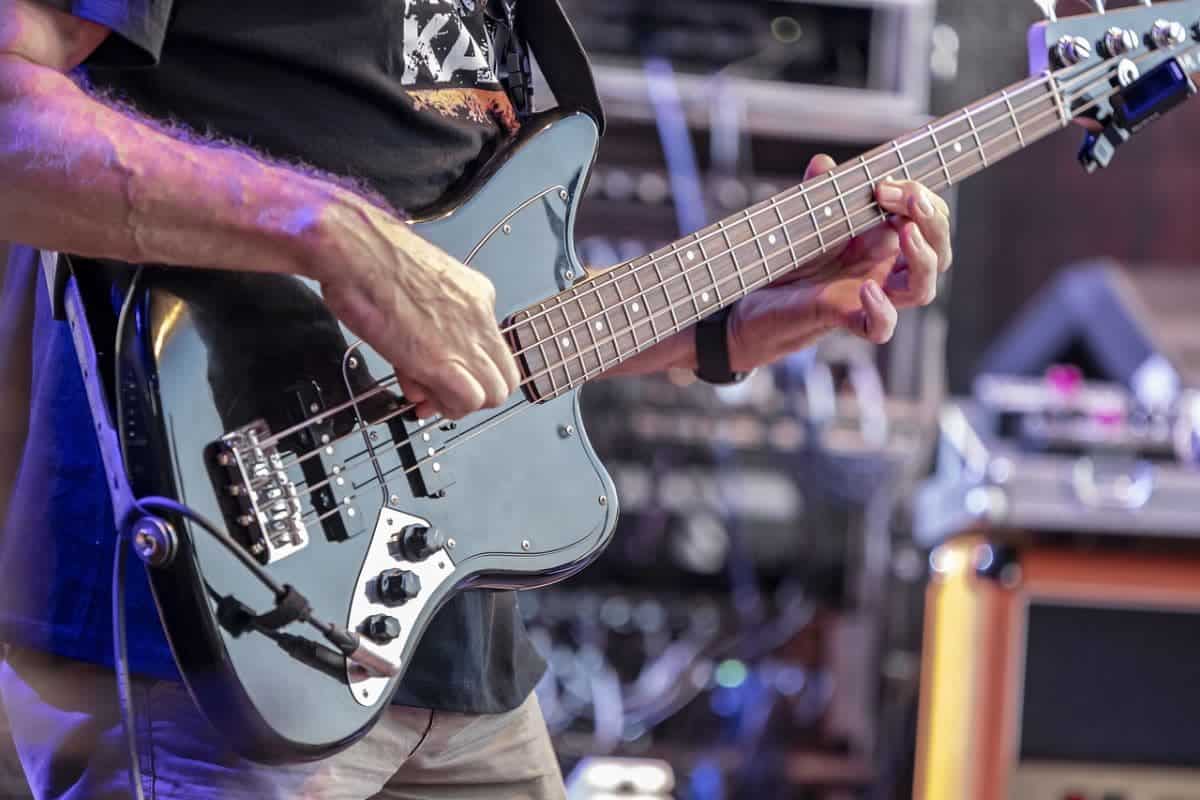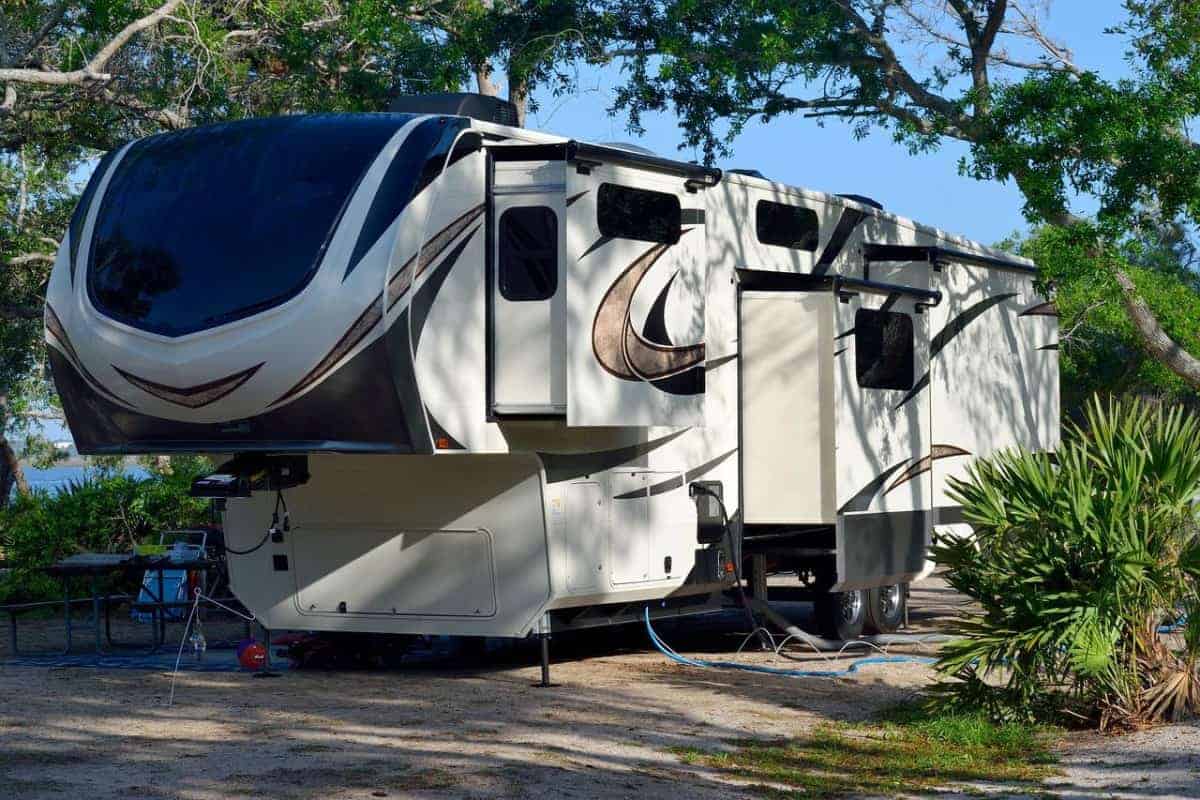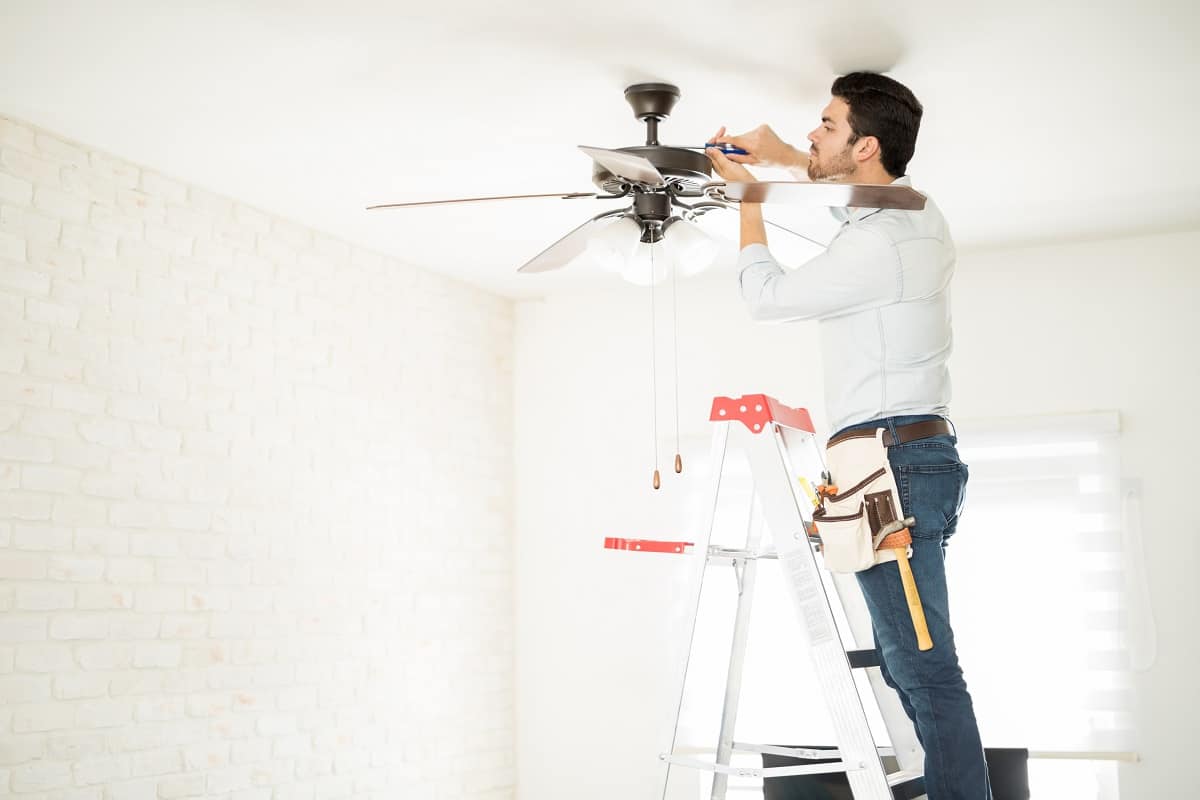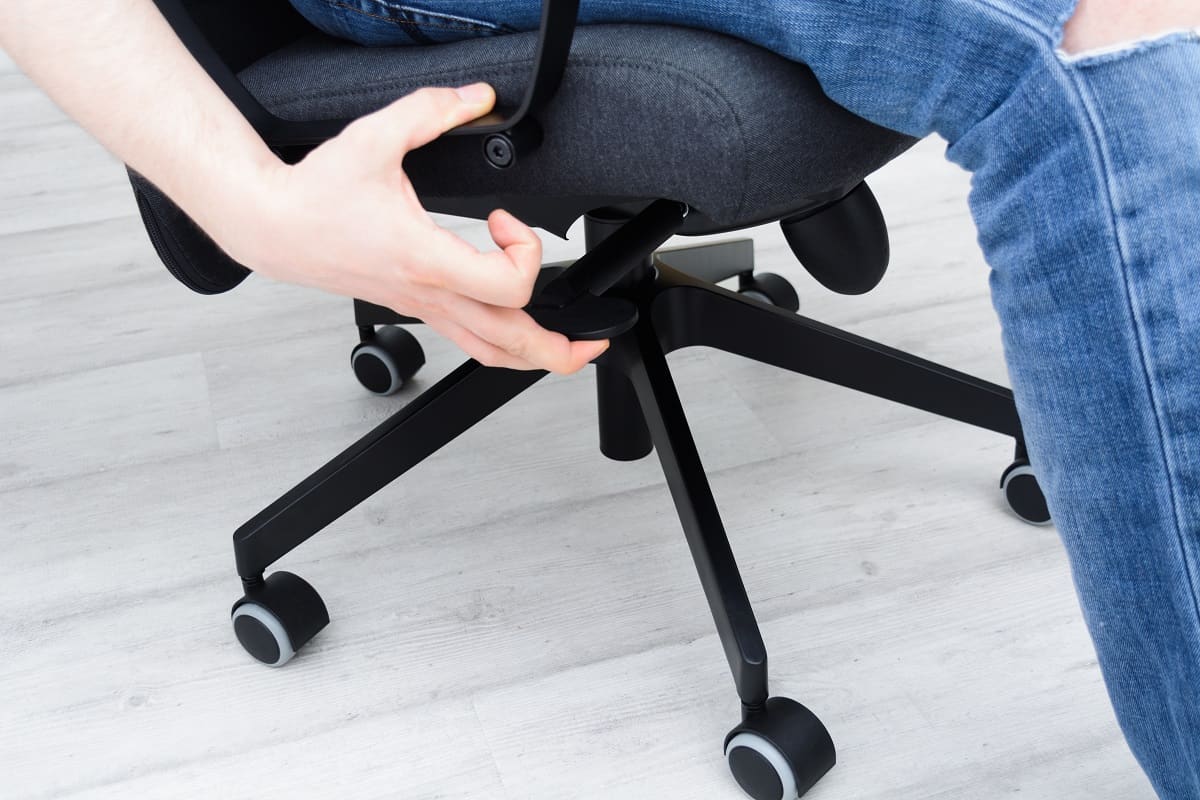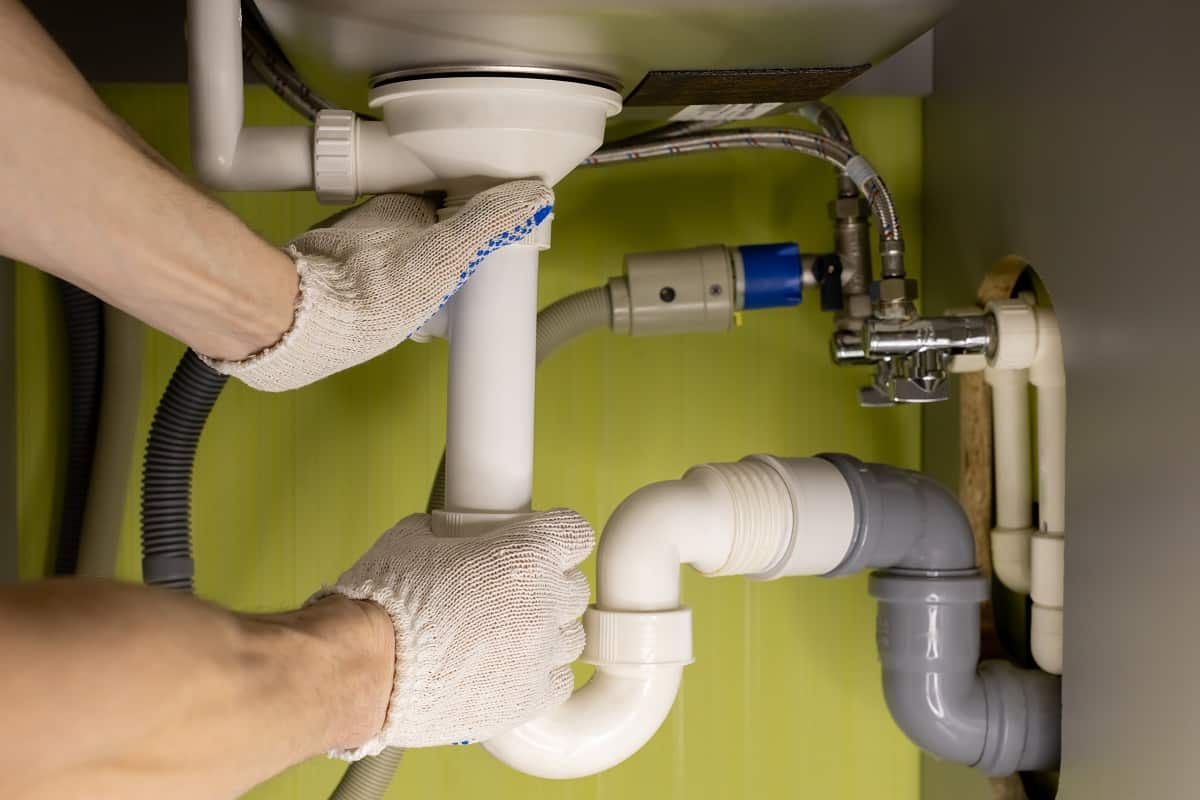There are a lot of cello brands out there, so it’s difficult to know which one is right for you. While the instrument doesn’t make the musician, a low-quality cello is going to be problematic.
It’s not just because it sounds bad, but because it stifles your growth as a musician.
There are several cello brands and makers to avoid. While you might want to purchase one because it’s cheap, in the end it will only make your life difficult. First off, there is no guarantee that you’ll get what you pay for – especially if buying online.
You might buy a cello that looks decent, but is very poor quality on the inside. It’s best to go with more of an established brand than something you’ve never heard of before. On top of this, it will hold its value if you ever decide to resell it later down the line.
In this article, I’m going to give you advice on what brands to avoid if you want to become a veteran cellist. Or even if you’re an amateur looking for something that sounds decent without breaking the bank.
Fun fact: Did you know experienced cellists are better equipped to improve habits like their posture?
What Are the Signs of a Bad Cello?
Before getting into the list of cello brands to avoid, we’ll explain what makes them a poor choice. Cellos are expensive, so you don’t want to waste your hard-earned money.
- Failing to produce a pleasant sound
Obviously, you buy a violin to play it. You want it to sound great. A poor-quality cello will sound flat, tinny and unsatisfying to play. Plus, it could stifle your growth as a musician. Your ears will get used to out-of-tune sounds, making it harder when you switch to a good cello.
- Poor craftsmanship
It might look fine at first glance, but upon closer inspection, you’ll notice the instrument is poorly put together. The seams of the instrument are not smooth – which makes it harder for your bow to pass smoothly along them during performance or practice. There is a reason high-end cello is handmade.
- Damaged or defective parts
The bridge might be damaged, the pegs are loose and keep slipping out of place, or the fingerboard is warped. While these are mainly cosmetic issues, they can cause problems later on down the line.
- A poor tone or resonance chamber
The instrument might sound fine with open strings, but once you press your fingers to play notes, it sounds dull and uninteresting. This happens when the body of the cello doesn’t resonate properly with the strings, changing the sound.
- Not suited for a specific style of music
Instruments suit different styles and genres – from rock cellos to jazz instruments. If you buy an instrument that isn’t intended for your musical tastes, it will prevent you from developing as a musician. You can always learn new techniques later on, but you’ll have already wasted your money.
- A low-quality bow or strings
It’s a bad idea to purchase an instrument without trying out the accessories that come with it – especially if they are important to the sound of the cello. If you’re buying online, be sure to check what materials are using in each bow and string.
- Not the size you need
Cellos come in different sizes depending on your age, height and playing style. While it’s not a deal breaker buying an adult cello if you’re younger – as they can be adjusted to fit your needs – smaller instruments are more difficult to work with than full sized models. You’ll have to use more force when pressing the strings, which can be problematic in performance or practice.
- Poorly implemented design features
These are mostly found on student cellos – aimed at younger players who don’t know any better yet. The corners of the instrument are sharp and make it difficult to play in inferior positions (close to your body). Plus, they can cause injury if you’re not careful.
- Shabby Packaging
With how expensive cellos are, you’d expect every maker to take them like a newborn child. Yet, often you’ll see packaging that doesn’t do justice to such an important purchase. A cello is a sensitive instrument that needs to be handled with care. You don’t want it falling out of its case, or the bow getting damaged on the way home from buying this beautiful cello.
- Short warranty
A well-built cello, with proper maintenance, is going to last you a lifetime. So, buy one that reflects this idea. Cellos with short warranty are a trap. It’s a huge red flag. It means they’re likely to break down within a short time, and you don’t want that to happen. Especially considering the price tag of some of these.
Editor’s note: There are other issues that harm a cello’s quality, but they are minor or fixable. For example, some cellos come with inferior quality strings, but you can replace these.
6 Cello Brands to Avoid
Now that you know how a poor-quality cello is, let’s see some brands whose cellos fit in our description.
Grace
Grace is a brand of cellos that has a reputation for poor quality. The cellos are made of low-quality wood and the tone of the instrument is not worth it in comparison with other brands that invest more into production techniques.
Stagg Cellos
Their acoustic cellos are not very good. They are very heavy and sound like a toy instrument. Heavy cellos aren’t great because they tend to push strongly against your chest. Great if you were looking for a chest workout. Terrible if you want to actually play them.
The same goes for their electric cellos in case you were wondering.
They have some advantages, such as being cheap and folding nicely. But is it enough to make it worth your money? Definitely not.
Corilon Cello & Corilon Violin Company
This brand has been around for several years. They offer poor customer service, as well as instruments that make it difficult to play and hold value. Corilon Violin is the parent company to Corilon Cello, and their cellos are exactly the same.
Stentor
This company makes cellos for people who are just getting started, but their products have no durability and don’t hold value. They’re not worth the price tag either, considering other brands that produce better quality instruments at a similar cost to them.
Knilling Cello Company
The company has been around since 1915 but is associated with low-quality instruments that don’t hold their value over time or make it difficult to play very well. You’d expect a company that has existed for over a hundred years to have gotten something right over the years. Unfortunately, this was not the case.
Avoid buying from these providers as they often include several design flaws, such as bad pitch or cracks in the wood – which means your instrument won’t be playable at all if those issues aren’t fixed immediately.
How to Pick a Good Cello?
Picking a cello is complicated, especially if you have a tight budget. But you can do fine by following a couple of simple steps.
Check Out the Cello’s Materials
The most important thing to look for when buying a new cello is the tone of wood; it’s the wood used in making this instrument. Spruce, maple and ebony are excellent choices – but make sure you try out different brands before deciding on one since they don’t always sound the same (even if they use similar material).
Be Wary of Buying Cellos Online
This means you need to ask for a trial period when buying an instrument online. This way, if once you get the cello home and find out that everything isn’t as good as advertised – return it. You’ll lose some money on shipping fees, but this loss is better than losing all your savings in order to buy a cello that isn’t good enough for your needs.
If you’re buying a cello from the Internet, ask for detailed pictures of all sides and angles to see if there are any dents or scratches on it – especially around the bridge area, as these can affect how well this instrument plays.
When you buy from Amazon or eBay, there’s no way of knowing how reputable the seller is – many will sell cheap imitations that look almost like real cellos but don’t play as well. You’ll never know until it’s too late, and then all your money goes down the drain.
Don’t make the same mistake as many other cellists and buy a cheap imitation. It might seem like an amazing deal, but it’ll end up costing you more in the long run to fix all its problems – which will probably be very difficult.
For online purchases, unless you have experience playing a cello yourself, you’ll do not know how the instrument feels and sounds. Another potential issue with buying a cello online is the size. You can’t be sure it’ll be of a good size for you without trying it first.
Your best bet is to go to a physical store and try out their cellos. Get the one that sounds best to you.
Ask Experienced Cellists
Cellists are often elitist. They only want the best for themselves and the instrument they love. This can be a double-edged sword, because they’ll give you an informed opinion. Which means—usually—they’ll suggest you buy a very expensive cello.
However, if your goal is to learn as much as possible about this instrument without breaking the bank – ask those who don’t play professionally instead; those with a beginner/medium level of knowledge can help point out flaws in an instrument that experienced players might not consider a big deal.
If you don’t have the time or patience to shop around for cellos, ask your local orchestra if they can recommend someone who plays this instrument and will help. Another option is hiring a teacher with years of experience playing it—they’ll be able to guide you in picking an affordable yet high-quality cello.
Never Purchase a Used Cello Without Fitting It First
You need to make sure the fit is right – otherwise, you’ll be very unhappy when playing it and won’t learn anything about how well this instrument works for your needs. If possible, play different sizes of the same type/brand of cello in order to compare the sound and feel.
Rent before Buying
Since cellos are so expensive, most shops will let you rent them. There are some limitations with this, but they’re great if you really like a model and want to try it out extensively while you save up for the purchase.
Ask Your School or Orchestra
Many schools and orchestras will provide some instruments for their students. If you’re lucky, they might also let you try these cellos first to see if it’s the right fit before buying one of your own.
Prepare to Pay a Premium
There’s no way around this. If you’re paying less than ~$1000 for a new cello, you’re probably not getting a good deal. There are some brands that offer respectable cellos priced around $500-$600, we will see them later. These are great for beginners, since they don’t know if they’ll actually commit to master the instrument.
Solid Cello Brands
While this isn’t the primary focus of the article, we still want to tell you about some good brands. Buying from these cello makers will get you a decent-quality cello that won’t break your bank.
For those who’ve just started playing – these are the best choices if you want to try an instrument first before committing to it for life.
D’Luca – These cellos are very affordable, but they’re still of decent quality. They offer both full-size and half-sized instruments that last a long time.
Crescent – If you’ve already tried out a cello and know what it feels like, the Crescent will be your best bet. They’re not too expensive for their quality – similar to D’Luca’s instruments. Plus, they offer half-sized cellos that are more suitable for children or smaller people who want to learn how to play.
Merano–Merano hand makes its cellos, which is unheard of at this price point. The cellos sound great and use solid materials like maple and spruce. It takes some initial setup, so if you’re a complete beginner, you’ll probably need help from an experienced cellist.
Read More: 9 Best Cello Brands for Beginners and Professionals 2023 (Reviews & Buying Guide)
Conclusions
Buying instruments is always something that requires lots of research, and cellos are no exception. It’s like in Harry Potter: it’s not the wizard that chooses the wand, but the other way around.
Try a lot of different cellos to find the perfect one for you. And that’s why it’s a poor idea to buy one off the Internet, no matter how cheap they are.
Now you know which brands to avoid and why. What’s left for you is to try the cellos available in your local shops and pick the one that feels best for you. Always check out their build quality first, though. Cellos are delicate.
Also Read:


